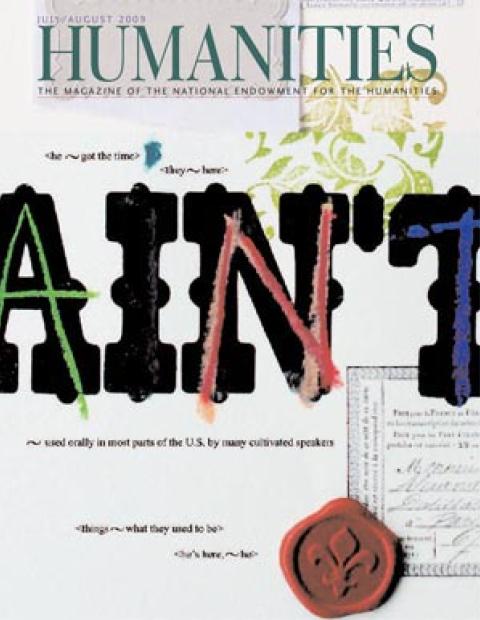Some thirteen thousand years ago, when most archaeologists agree that humans first populated North America, a Paleo-Indian tribe left a cache of stone weapons in southern Iowa, maybe to be finished and used later against ice-age mammoths. The cache is one of only a handful on the continent from that period, and it is now being carefully studied at Iowa State University. It is also the subject of an archaeology presentation featured in this summer’s weeklong RAGBRAI tour—the (Des Moines) Register’s Annual Great Bicycle Ride Across Iowa, now in its thirty-seventh year.
“Iowans may know about the Egyptians and their ancient history, but most are very surprised to find out that there are 23,000 recorded archaeological sites in Iowa,” says Lynn M. Alex, director of education and outreach for the University of Iowa’s Office of the State Archaeologist (http://www.uiowa.edu/~osa/). “They are surprised by the number of tribes who lived here and by the depth of antiquity.”
For the past sixteen years, the office has designated one month to increasing awareness of the state’s prehistory and archaeological treasures. Last year, Archaeology Month dovetailed for the first time with RAGBRAI, which runs from July 19–25. Riders begin by dipping their back wheel in the Missouri River and end by dipping their front wheel in the Mississippi. In between are approximately 442 miles of small towns, rolling countryside, July heat, frequent thunderstorms, and opportunities for discovery.
Like other riders, the archaeologists will form a team and join 8,500 cyclists on the road, discussing the state’s sites and history informally along the way. More formal outreach will involve coordinating speakers and making presentations in the communities that host the riders overnight.
Archaeology presentations will focus on sites south of I-80, the highway that cuts across Iowa from east to west and roughly divides it in half. The southern route begins in Loess Hills, where archaeologists will show off their new tools, recently used to completely map a nine-hundred-year-old village without lifting a shovel. The tour ends near Fort Madison, the only battlefield west of the Mississippi in the War of 1812. Alex is particularly excited about the geophysical survey techniques used to reveal the houses and fortification of an early Native-American village. Developments in ground-penetrating radar and magnetometers allow archaeologists to see what lies beneath without disturbing the land or the remains: “We are always improving our ability to learn more.”

